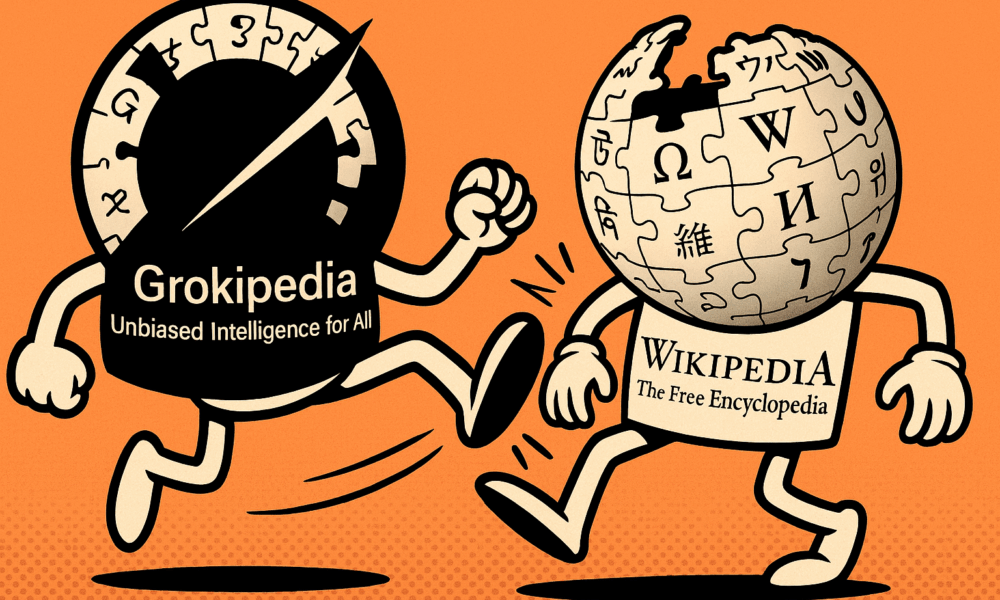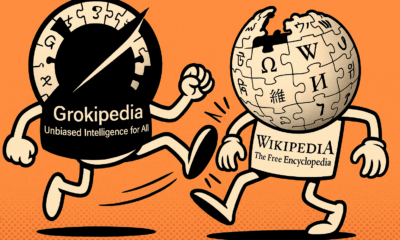


How Content is Added and Curated Wikipedia’s Approach Wikimedia Foundation (WMF) supports Wikipedia, a free, volunteer-driven encyclopedia where anyone can register and directly edit articles. Over...



This comprehensive tutorial explores how to create stunning painted-style images using Grok Imagine, an innovative AI art tool developed by xAI. Designed for both beginners and...



Elon Musk has fired the opening salvo in what could be one of the tech industry’s most dramatic legal battles in years. With his AI startup...